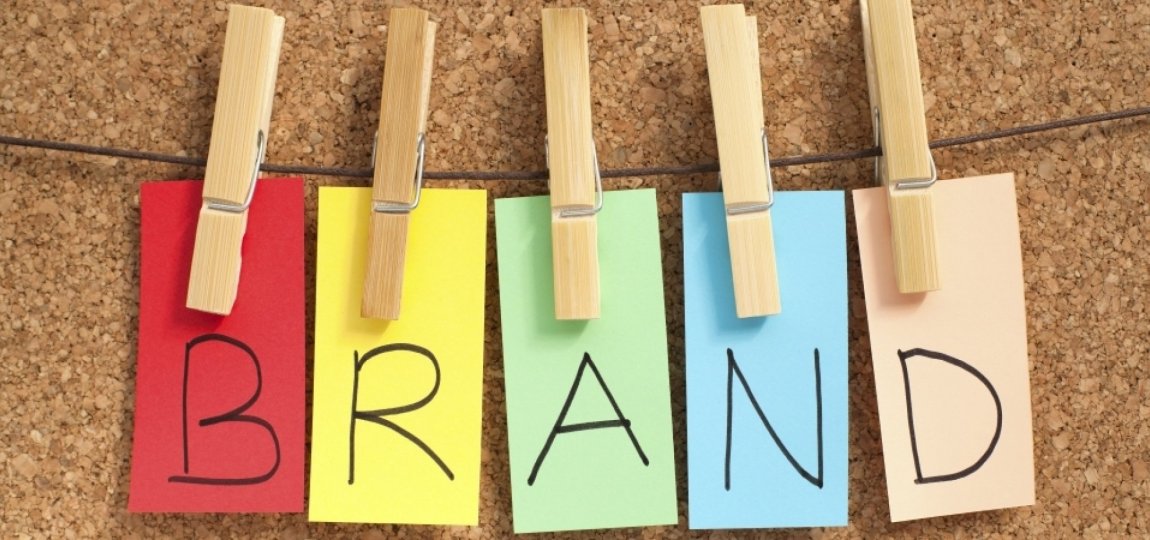 Back in the day Dodge meant sporty and Chrysler meant sophisticated. Within a decade they both meant little as gas prices rose and tastes changed. Failures, bail outs and “mergers” followed. Just when it looked like the innovative vision Walter Chrysler had reached the end of the road a most improbable driver took the wheel and in a most unlikely moment of clarity showed us how to move a brand from misery to destiny.
Back in the day Dodge meant sporty and Chrysler meant sophisticated. Within a decade they both meant little as gas prices rose and tastes changed. Failures, bail outs and “mergers” followed. Just when it looked like the innovative vision Walter Chrysler had reached the end of the road a most improbable driver took the wheel and in a most unlikely moment of clarity showed us how to move a brand from misery to destiny.
In 2009, America was in the throes of a financial meltdown. So the media took little notice when Sergio Marchionne, CEO of the Fiat Group, bought a twenty percent stake in Chrysler after it had emerged from bankruptcy protection that same year. Believing that the Chrysler brand was valuable, he focused on a single commercial during the 2011 Super Bowl. Critics called the move careless. How could a company with serious financial problems justify the $10 million dollar advertising placement? And then it happened. For two minutes the country saw the city of Detroit as a metaphor for Chrysler: down but not out. Context and perspective changes everything. In the middle of the worst economic crisis since Great Depression, we could identify with the brand and valued its fighting spirit.
This was an honest moment of self-reflection as iconic rapper Eminem drove a Chrysler through highs and lows of the Motor City. The tagline was unforgettable: Imported from Detroit. Sales skyrocketed. Chrysler had saved itself and somewhere along the way gave an old brand a new identity simply by getting its story straight: a company of makers getting back to work.
Strong brands require more than the conventional us versus them–good guys versus bad guys twaddle. You need a bigger and better narrative: one that encompasses the amazing diversity of your organization and helps all of your people understand and appreciate how they are interconnected and more importantly where they are going together.
Brands are invaluable because they create a real sense of connectedness not only between an organization and its customers but also within the organization itself. Marketers refer to this bond as identification and valuation. At their best brands are inviting because they are inclusive and easily integrated into our social identity. At their worst they frighten us with the exclusivity of an isolated cult.
So how do you go about creating a better brand?
Get Real: In this age of information overload, getting your brand message past the spam filter, caller ID or mute button is only the first step. The biggest barrier is getting past the highly developed spin detector. The truth is that we now assume that most messages that actually reach us are finessed half-truths or seriously biased provocations. Think about the last time you got a message from a new or previously unknown source that you considered to be both credible and engaging. Thought difficult, it can be done. Consider the example of the Subaru. The once obscure brand is experiencing tremendous sales growth following its ad campaign showcasing grimy vehicles transporting messy children and dogs. Take your mother’s advice and just be yourself. Authenticity works.
Appoint a Poet Laureate: Who creates and re-creates your story? That’s basically what a brand is after all: owning a story in the mind of your customers and employees. It’s what connects us. Countries appoint poets, painters and architects to ensure that there is both continuity and innovation in the collective consciousness of the nation. It’s far too important to farm out to someone who has little vested in it. You can’t just change a brand on your own. Brand is consensual. It must be agreed upon over time. For example, McDonald’s is trying diligently to reposition its brand as a healthy choice restaurant with scant success because there is no credible narrative that takes us from yummy French fries to succulent salads. That requires a gifted laureate to walk us over those golden arches from the past to the present so that we can make sense of the journey.
Put the Pieces Together: In the early nineteenth century the Brothers Grimm started collecting German folk tales while still students at university. The result was Grimms’ Fairy Tales which helped create a shared vision for a German nation by integrating well known plots and characters into a unified identity. Commission a similar undertaking. Collect your best products, services, designs and campaigns and put the pieces together until they create something meaningful. Apple did this with its “Think Different” ad campaign. With a single ungrammatical slogan and disjointed photos of iconoclasts like Einstein, Martha Graham and Miles Davis to name just a few, Apple re-created a brand in bits and pieces simply by association.
Innovation is of little value if it lacks a brand that makes it meaningful. Brand is of little value if it lacks innovation that makes it valuable. You can wait for a crisis to drive you forward like Chrysler or you can just do it, but that’s another story.
